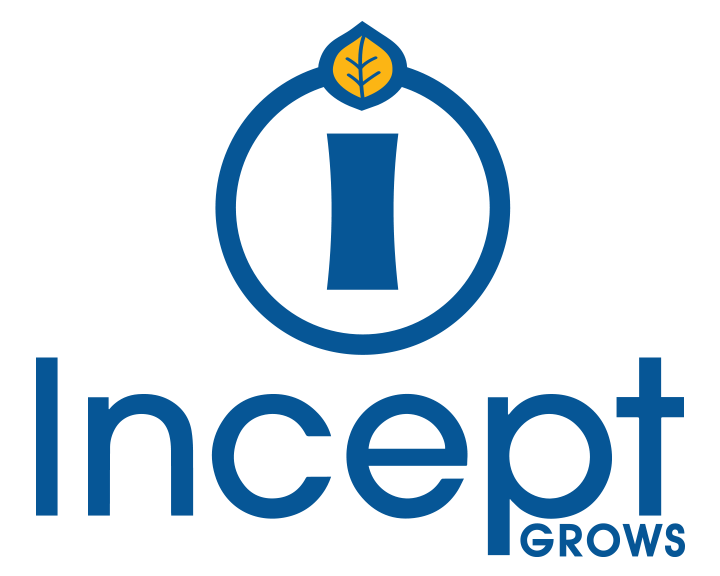Hiring for Inside Sales vs Co-sourcing
When a leader has made the decision to add inside sales resources, there’s an adrenaline factor. The pent-up demand in the market that is about to bust out. The flood gates are going to open and your rainmakers (closers, best salespeople) are going to be drowning in buyers.
Then someone in the process has to translate that to an execution plan. Buhm Buhm Buuhhhhhhm. This post is designed to be a pre-think teaser to a critical point in the plan, internal vs. co-sourced inside sales resources.
Things people usually consider:
- Pricing of outsourced work
- Partial cost of hiring internally
- Recruiting cost
- Training cost
- Ease or difficulty of training – most people don’t know exactly how easy or difficult it would be to bring on either an internal or co-sourced inside sales person, but most people also ask. Typically, it depends on the situation but is not as costly or difficult as expectations before asking.
- Outcomes – usually executives have an idea of the math they are looking to drive, framed in the size of the CRM database or purchased lists, additional revenue, leads, meetings, etc.
- Scope – how big are you looking to go? What do you want to accomplish? What tools, channels, approaches are you wishing or willing to try? Are you looking for immediate results? What information or intelligence can be gathered with an effectively designed contact strategy? How integrated will your closer need to be?
Things usually not considered:
- Full cost of hiring internally
- Recruiting and training time – time spent by key individuals
- Ramp-up time – how long will it take you and your key sales person to coach/develop/push this person to top effectiveness (when that cannot be your only focus)
- Average tenure of inside sales hires (recurring recruiting/training/ramp costs)
- These are typically high-energy go-getters. This role is susceptible to factors like high career ambition, compensation sensitivity, and in some cases boredom. It is hard to hire and retain these candidates long term for many companies… especially if they are good.
- Fixed cost of an internal hire
- Can be a positive, if you have other administrative or appropriate skill-level work to share with them (and they are willing/enjoy doing it). Inflexibility of workload or skills can lead to underutilized overhead.
- Scalability – volume
- Goes somewhat with flexibility, but on a grander scale. You will have periods where you are scrambling to keep them busy like holiday weeks when no one is in the office. You will also have periods where you wish you had three of them, like the couple weeks before a trade show or conference.
- Scalability – focus
- Executives tend to initiate the conversation around a specific activity, group of leads, etc. As they learn and innovate around the possibility of additional inside sales resources, things like alternate channels, new markets, unique content, A-B testing on communications, market research paths, etc. are exciting possibilities with potentially big rewards.
- Cultural fit/core competency
- When you define what you’re looking for in an ideal candidate, how well does this align with your current culture, the individuals or team they will be working with closely, etc. Is your culture going to naturally attract/develop/retain a top inside sales person, or will this take special focus and attention from you or other critical leaders in the business.
- Communication – from your sales person
- You may end up with an inside sales employee, dedicated outsourced inside sales agent, or outsourced team of reps. Your salesman’s ability to provide information to that person or people will have a direct impact on their ability to achieve what you’re looking for. If they are waiting for information, script change approval, responses to interested parties, availability for meetings, etc. you will lose critical time in the sales process and possibly leads and eventual revenue.
- Communication – to your sales person
- That same potential individual or team should gather TONS of information that will be critical to immediate results, as well as potential market intelligence that could feed into marketing, product development, and even operations. What are the expectations for that communication? How often and to what depth are these things shared vs recorded vs analyzed for trends/themes?
Please reach out with other questions that you either have asked, have thought of asking, or popped into your head while you were reading this post. I’ll be posting at least ‘Volume II’ version of this to help people go even deeper into their decision making process, and your comments will help encourage my writing energy, as well as shape the content of future posts.
